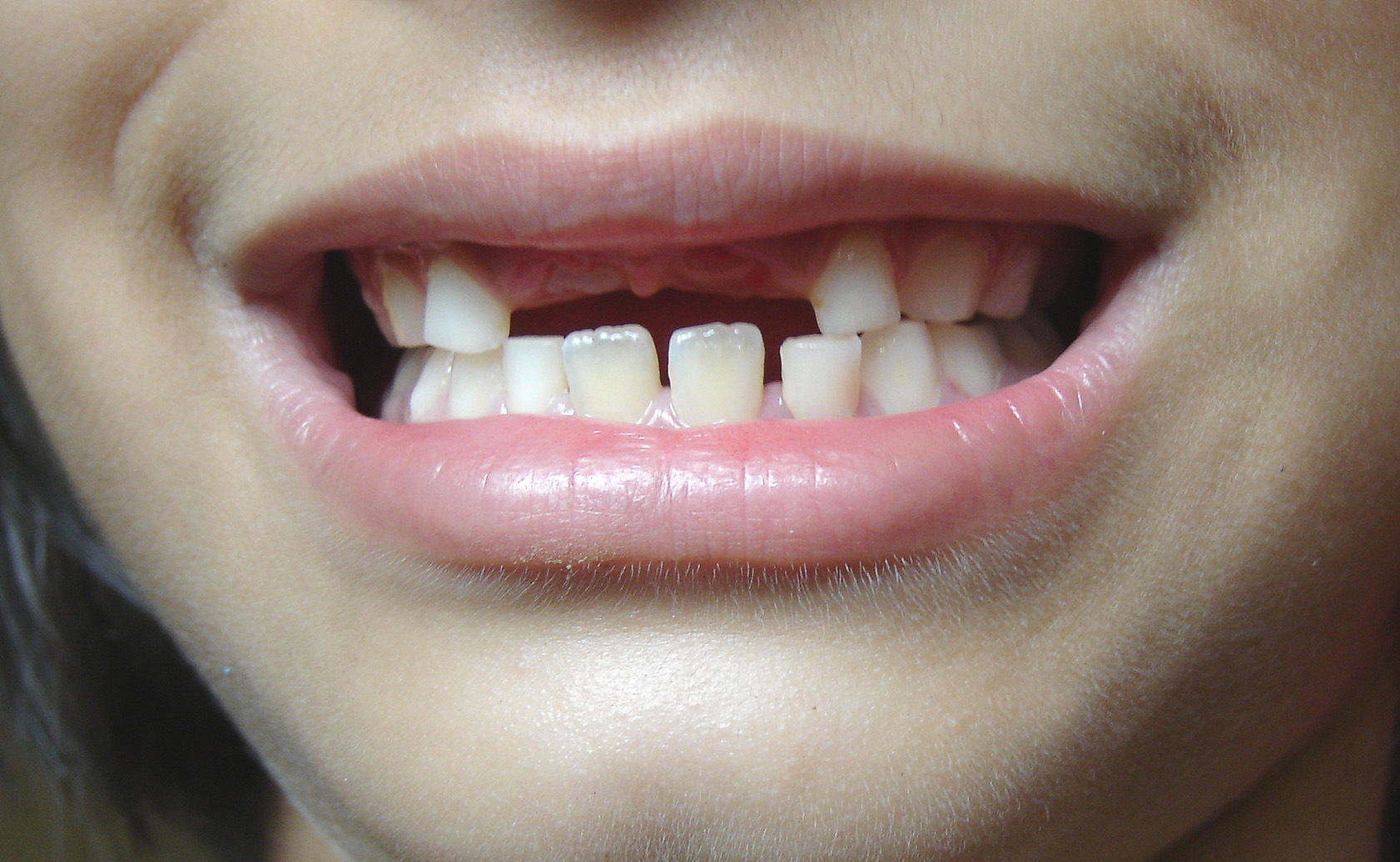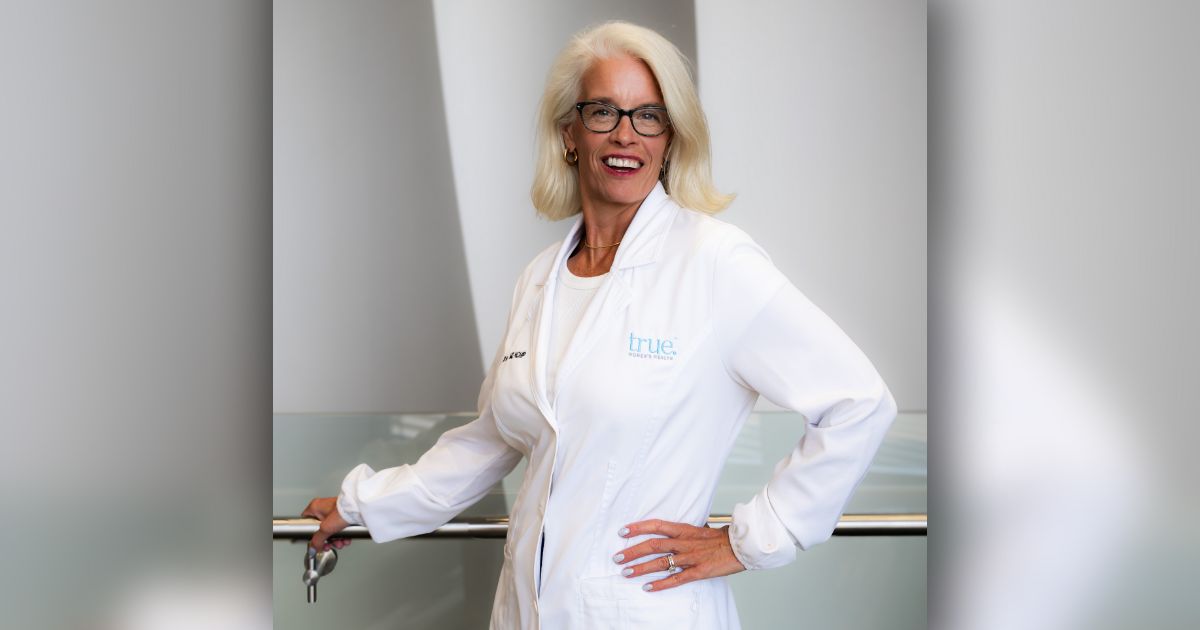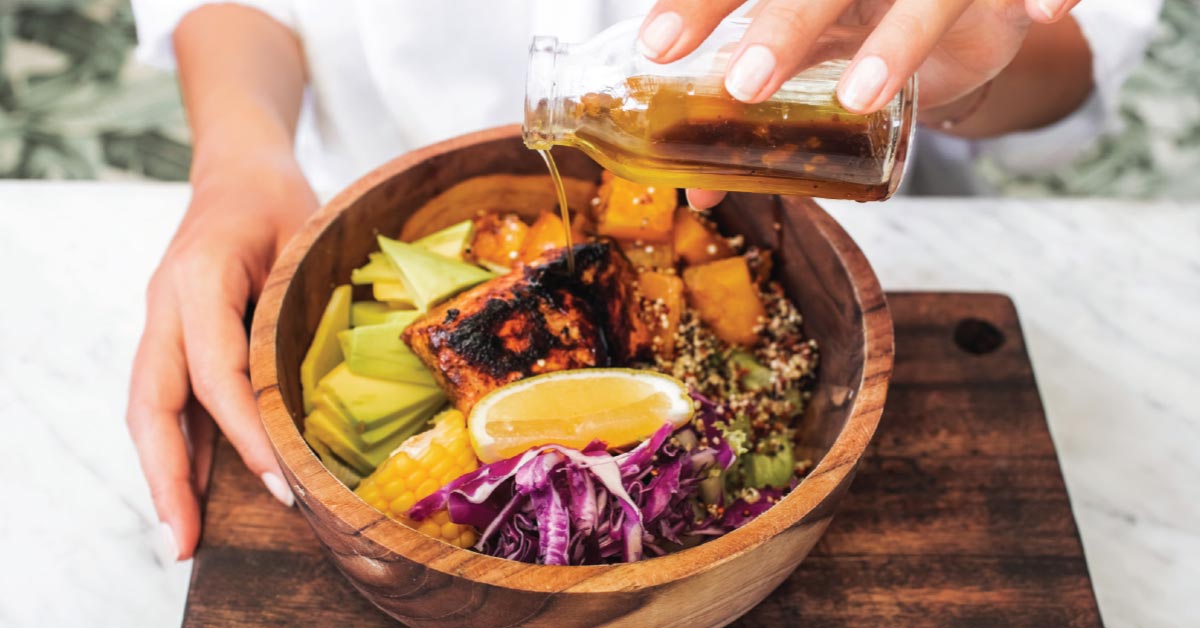More than ninety percent of children*, will trick-or-treat this Halloween and return home with bags full of sugary candy that could end in rotten results. Cavities take six to twelve months to get to the state of detection, but "right around Halloween, we do see more fillings coming out and crowns coming off due to consumption of sticky foods and candies," Thomas Lambert, DDS of Grand Rapids said.
Not only is too much sugar unhealthy for your child, but it’s bad for his or her smile. Don’t scream, though: read these tips from Dr. Lambert and enjoy Halloween—without the negatives.
Halloween Candy Do's and Don'ts:
It’s all about making smart choices, and Dr. Lambert has plenty of “choose this, not that” ideas to share with parents. For example, reaching for the chocolate is better. Studies show that chocolate may actually reduce cavity formation. "Hard candy and suckers are the top culprits," for cavities, Dr. Lambert said, and "sticky-chewy candy such as Starbursts, taffy, caramels and other sticky candy can pull out existing cavities and get stuck in the grooves of your teeth. The longer the candy remains there, the higher the likelihood of it working away at your teeth and causing cavities."
Avoid sour candies that could cause damage to tooth enamel, Milk Duds that remain in the tooth for a long period of time, Raisinets that cause high sugar content to stick to teeth for long periods of time, and popcorn balls that could mask unpopped kernels and cause damage to the teeth.
Instead, choose M&Ms or Reese's Pieces. "These chocolate-covered treats are not as sticky as gummies and maybe a better choice, although the colored candy shell may stain teeth the more you eat. Peanut butter is also less sticky than some of the other candy options mentioned," Dr. Lambert said.
Dark chocolate, and Pixie Stix are also better choices, in moderation. And if you really want to make your dentist proud, choose sugar-free treats, Dr. Lambert said.
"Have your child eat dinner before digging into the Halloween candy stash. The act of chewing a meal will activate more saliva production, which helps wash away sugar consumed after dinner. Saliva also helps neutralize acids in the mouth and re-mineralize tooth enamel," Dr. Lambert said.
Drinking water after eating candy also helps to wash sugar from teeth. Brushing teeth post candy consumption is even better. However, wait to brush teeth at least thirty minutes to an hour after eating sour candy. "The action of brushing teeth can spread the acid and increase its erosive activity on tooth enamel," Dr. Lambert said.
Did you know chocolate could actualy help reduce cavity formation? "Along with teeth-friendly antioxidants found in chocolate, especially dark chocolate, cocoa contains substances that may inhibit the growth of the bacteria that lead to plaque and cavity formation. Plus, chocolate clears out of the mouth quickly," Dr. Lambert said.
When It's Too Late for Cavity Prevention:
Technology and advancements have made cavity treatment painless for children, so when it’s too late and cavities have already formed, there’s no need to fear a dental visit. "Many children are apprehensive to go to the dentist because sibling and friends may have told “scary stories” about the dental office. If a child is instead coached in a positive way, then his/her first experience at a dental office will be fun and exciting," Dr. Lambert said. "The best advice for helping children get excited about going to the dentist is to prompt them with positive stories about their visit. Additionally, bring them along for a “Happy Visit” prior to their appointment, during which they go for a ride in the dental chair, count their teeth, and get comfortable with the new environment."
With ceiling-mounted televisions, cartoons, headphone music, warming blankets, flavorful numbing gels, and nitrous oxide to calm the body, Dr. Lambert said, "a visit to the dentist is now fun, relaxing and entertaining."
Get in touch with Dr. Lambert today to learn more!
*According to the American Academy of Cosmetic Dentistry (AACD)
Source: Dr. Thomas Lambert of Thomas J. Lambert, DDS. 3300 Grand Ridge Dr., Grand Rapids. Photo: stock.xchng




